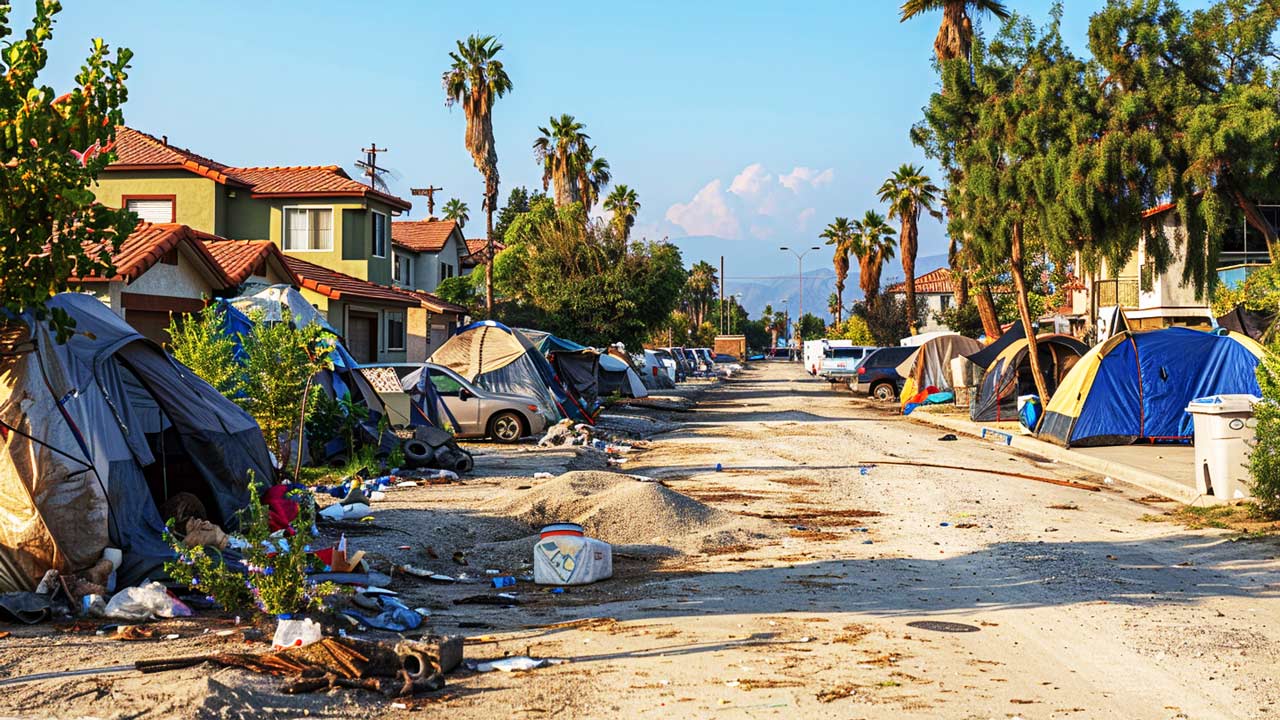Bank of America Analyst: QE4 Is a Possibility (Audio)
In his latest podcast, Peter Schiff reviews a statement from Bank of America warning that the Federal Reserve could forgo a rate hike and start up a new round of quantitative easing.
While most are focused on the risks around a withdrawal of liquidity, we believe the biggest hit to confidence could be the opposite: if another round of US QE is necessary to prop up the economy… QE fatigue is already evident: each subsequent round of QE has seen diminishing risk rallies. Another round of QE would imply that $4.5tn was not enough. And it would also likely have a very negative read-through for QE programs currently underway in Europe and Japan.”
With even more poor economic news in the past week, it’s no wonder that some mainstream analysts are waking up to the possibility that Peter has been forecasting for months. Peter reviews that poor data in the second half of this episode.
Highlights from Peter’s podcast:
“I think that the consensus is that the Fed is going to hike rates in September. I think as we get through July and August, and the weak economic data continues to roll in, we’re going to continue to push back those rate hike estimates. Maybe to December. But of course, if they don’t raise rates in December, why are they going to raise them in 2016? I think 2016 could be a weaker economic year than 2015, which sequentially could be down from 2014. It will also be an election year. So if they couldn’t raise rates in 2015, why would they do it in 2016 when you have all that political backdrop that is clouding decision making. Of course, the Fed doesn’t want to be seen as trying to influence the elections or help or hinder any particular parties…
“I think they’re going to be launching QE4. I’m not the only person thinking that. I read this article this morning in Bloomberg. It’s entitled ‘Bank of America: Biggest Risk to Global Stocks Is Exactly the Opposite of What Most People Think It Is’. Quoting from the article: ‘While most are focused on the risks around a withdrawal of liquidity, we believe the biggest hit to confidence could be the opposite: if another round of US QE is necessary to prop up the economy.’ That is exactly what is going to happen. It is not necessary to prop-up the economy, but it is necessary to sustain the bubble which is creating the illusion of a propped-up economy. They’re propping up a phony economy. They’re keeping a house of cards from collapsing…
“Read a little more: ‘While the market could have a knee-jerk rally on an indication of forthcoming stimulus, we think this would likely be short-lived [Remember, this is Bank of America] and could end in the red. QE fatigue is already evident: each subsequent round of QE has seen diminishing risk rallies. Another round of QE would imply that $4.5 trillion was not enough.’
“Well, it’s not a case of it not being enough. You can never have enough QE, because it can never work. The problem is we had too much QE. It’s kind of like someone saying, ‘I wonder if I’ve had enough alcohol yet to sober up.’…
“Here’s another interesting point that Bank of America makes. Of course, it’s the same point I’ve been making for a long time: ‘And it would also likely have a very negative read-through for QE programs currently underway in Europe and Japan.’ What they mean by that is Europe might second guess the wisdom of doing QE. After all, Europe launched QE and Japan is continuing with QE based on the success that it has had in America. But that success is a lie. And if we have to come back with QE4, then maybe the Fed won’t figure out that it didn’t work. But I think the Bundesbank will…
“I think it is inevitable. It is a foregone conclusion. There is no other policy the Fed could pursue but QE4. Even if they do slightly raise interest rates prior to launching it, they’re going to launch it. Because if they don’t raise interest rates, we’re going back into recession. And if they raise interest rates, we’re going back into recession quicker if we’re not already there…
“It wasn’t just the June Empire State number that disappointed and confounded the experts. Also, we got May industrial production. The April number was already weak. It was minus .3. They expected a rebound to plus .2. Some people thought it might go as high as plus .5. The lowest estimate by anybody was plus .1. We ended up getting minus .2. Another unexpected decline. Adding insult to injury, they took last month’s minus .3 and ratcheted that down to minus .5…
“You’ve got this lone analyst at Bank of America who is daring to say maybe the emperor has no clothes. He’s still saying maybe he’s wearing something, but it’s possible he’s naked…
“Also, we got the Bloomberg Consumer Comfort Index. I’ve been talking about this record, because as of last week, we were down eight consecutive weeks. That had never happened in the history of the index, going back over 30 years… Yep, the string is extended another week. It is now nine consecutive declines. The Bloomberg Consumer Comfort Index is now at 40.1. That’s the lowest reading since November. They measure the propensity of Americans to buy stuff. It just had its biggest decline since the financial crisis of 2008. So if the economy is in such good shape, why are consumers so hesitant or reluctant to spend?“
Get Peter Schiff’s latest gold market analysis – click here – for a free subscription to his exclusive weekly email updates.
Interested in learning more about physical gold and silver?
Call 1-888-GOLD-160 and speak with a Precious Metals Specialist today!



 Cocoa prices have dumped since rocketing to a dramatic peak last month as an El Nino cycle winds down and traders rush out of the illiquid market. For now, depreciating fiat currencies are still keeping the cocoa price still far above its 2023 levels. Coffee has had a similar rise and subsequent correction — but now, inflation and other factors are conspiring to […]
Cocoa prices have dumped since rocketing to a dramatic peak last month as an El Nino cycle winds down and traders rush out of the illiquid market. For now, depreciating fiat currencies are still keeping the cocoa price still far above its 2023 levels. Coffee has had a similar rise and subsequent correction — but now, inflation and other factors are conspiring to […] California’s government bet that they knew better than the free market. And now millions are paying the price. The story begins in 1919, when the city of Berkley, California instituted legislation setting aside districts that would only allow the construction of single-family housing. The idea spread, and soon much of California’s urban areas had adopted the zoning policy. Today, approximately 40% of the total land in Los Angeles is […]
California’s government bet that they knew better than the free market. And now millions are paying the price. The story begins in 1919, when the city of Berkley, California instituted legislation setting aside districts that would only allow the construction of single-family housing. The idea spread, and soon much of California’s urban areas had adopted the zoning policy. Today, approximately 40% of the total land in Los Angeles is […] The yen was once known as a safe-haven currency for investors to protect themselves when broader markets are shaky or other currencies are dropping, but those days are numbered. A stable government and consistent (and low) interest rates have been some of the driving factors, but it’s the unwinding of that ultra-low interest rate policy that will be the yen’s “safe […]
The yen was once known as a safe-haven currency for investors to protect themselves when broader markets are shaky or other currencies are dropping, but those days are numbered. A stable government and consistent (and low) interest rates have been some of the driving factors, but it’s the unwinding of that ultra-low interest rate policy that will be the yen’s “safe […] Whenever an election year rolls around, domestic manufacturing becomes a more central theme of discussion. Candidates from both sides, who seem to disagree on almost everything else, never waver in their commitment to auto manufacturers in Detroit and the steel industry. Republicans and Democrats never forget to remind the American public that they will try […]
Whenever an election year rolls around, domestic manufacturing becomes a more central theme of discussion. Candidates from both sides, who seem to disagree on almost everything else, never waver in their commitment to auto manufacturers in Detroit and the steel industry. Republicans and Democrats never forget to remind the American public that they will try […] The wizards at the Fed and US Treasury have been forced to acknowledge that their “transitory,” inflation is, in fact, quite “sticky.” And with the inflation elephant now acknowledged by the circus of high finance, Treasury yields keep inching up, recently reaching 4.7% — the highest since November. The Fed is stuck: It needs to raise interest rates to tame inflation and […]
The wizards at the Fed and US Treasury have been forced to acknowledge that their “transitory,” inflation is, in fact, quite “sticky.” And with the inflation elephant now acknowledged by the circus of high finance, Treasury yields keep inching up, recently reaching 4.7% — the highest since November. The Fed is stuck: It needs to raise interest rates to tame inflation and […]
Leave a Reply